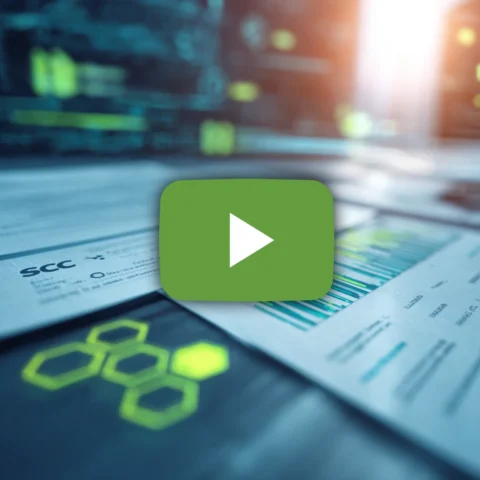
Let’s face it – cybersecurity for mortgage lenders isn’t getting any easier. With the everyone now online and hybrid work becoming the new normal, cybersecurity has become more complex than ever. In fact, according to CyberEdge’s Cyberthreat Defense Report, 85% of organizations suffered from a successful cyberattack back in 2021. Scary, right?
Whether you’ve already dealt with a cybersecurity incident or you’re working to prevent one, it’s time to get serious about protection. Let’s break down four practical steps that can help any mortgage lender boost their cybersecurity game:
1. Know Your Crown Jewels
Think of your business like a castle – what are you really trying to protect? In the mortgage world, cybercriminals aren’t after the decorative moat – they want the valuable stuff: borrower information, financial data, and anything they can use for profit. They’ll target everyone from loan officers to title companies, trying to find a way in.
Start by creating a detailed inventory of your valuable assets:
- Network infrastructure details (down to the manufacturer and model numbers)
- Who has access to what (especially when it comes to borrower information)
- Where everything is stored (yes, everything)
Think of it as your security treasure map – when something goes wrong, you’ll know exactly where to look.
2. Build Your Defense: Updates and Authentication
This is where the rubber meets the road. Having great security is like having a state-of-the-art home security system – it only works if you turn it on and maintain it.
Here’s your checklist:
- Keep all your software current (set those automatic updates!)
- Back up everything (cloud storage or separate hard drives – preferably both)
- Create strong, unique passwords (we know it’s a pain, but 70% of people reusing passwords is music to a hacker’s ears)
- Implement multi-factor authentication (yes, it’s an extra step, but it’s like adding a second lock to your door)
3. Stay Alert: Monitor Like You Mean It
You wouldn’t leave your front door open all night without checking it occasionally, right? The same goes for cybersecurity for mortgage lenders. You need to keep you network secure which means you need to invest in tools that help you keep watch:
- Endpoint detection and response software
- Anti-virus programs
- Security Information and Event Monitoring services
But remember – the best security tools in the world won’t help if your team isn’t using them properly. Make sure everyone knows and follows your security protocols. It only takes one person leaving the digital door unlocked to compromise everything.
4. Have Your Cybersecurity Battle Plan Ready
Even with perfect security, breaches can happen. The key is being ready to respond when they do. Think of it like a fire drill – you hope you’ll never need it, but you’ll be glad you practiced if you do.
Your response plan should include:
- Steps to disconnect affected computers
- Clear communication channels to IT staff or security vendors
- Backup systems ready to go
- Procedures for continuing operations while handling the breach
Remember, how you respond to an incident can be just as important as preventing it in the first place. Your clients and employees will remember how well you handled the crisis.
The Bottom Line
Cybersecurity for mortgage lenders isn’t just about having the latest tech – it’s about creating a culture of security awareness and preparedness. It’s an ongoing process that requires attention, investment, and commitment from everyone in your organization.
Need help getting your cybersecurity strategy up to speed? Richey May’s mortgage cybersecurity experts are here to help. Let’s talk about making your business more secure.





